
ZCH offers robust solutions for shredding metal waste from the waste, automotive and electrical industries, helping to reintegrate valuable raw materials into the production cycle.
A metal recycling shredder is a powerful machine designed to reduce metal waste into smaller, manageable pieces for easy recycling. It uses two strong rotating shafts with sharp blades to shred materials like steel, aluminum, copper, and scrap car parts into uniform sizes.
Metal shredders are widely used in recycling plants, metal processing factories, and waste management facilities. By shredding metal, they make transportation and storage more efficient, and improve the quality of recycled materials.
Modern metal shredders are energy-efficient, durable, and capable of handling a wide range of ferrous and non-ferrous metals. They help save natural resources, reduce landfill waste, and lower production costs for manufacturers.
If you are looking for a reliable solution to recycle metal waste, a high-quality metal recycling shredder is the key to turning scrap into valuable raw material.
Industrial Metal Shredders for Efficient Scrap Metal Recycling | Zhongcheng
The ubiquity of metal waste and the different physical properties (ductility, hardness, etc.) of different metal wastes require shredders with a wide range of material suitability. Some large metal recycling stations work at full capacity for long periods of time, so the stability and reliability of the metal shredder is also of paramount importance. zhongcheng machinery's metal shredders are designed to shred most scrap metal, be it drums, pipes, sheet metal, scrap aluminum alloy or car shells. All our metal shredders are renowned for their high availability and reliability, and our ready-to-use spare parts library gives you peace of mind.
A scrap metal shredder, also sometimes referred to as a metal scrap shredder, is a machine used for reducing the size of scrap metal.
Some examples of scrap metal materials that are commonly shredded are:
Tin cans / Aluminum cans / Aluminum waste / Tin box containers / Iron / Copper tube / Computer recycling / Bulk drums / Home appliance recycling / Television sets / Washing machines / Waste electrical.
The metal industry is a pioneer of the circular economy, as old products are collected, shredded and reused as a valuable raw material. The shredding of metals, whether aluminum, copper or steel, places high demands on modern recycling plants. Metal waste is abrasive, heavy and bulky, but with the right shredder it can be processed and recycled efficiently.
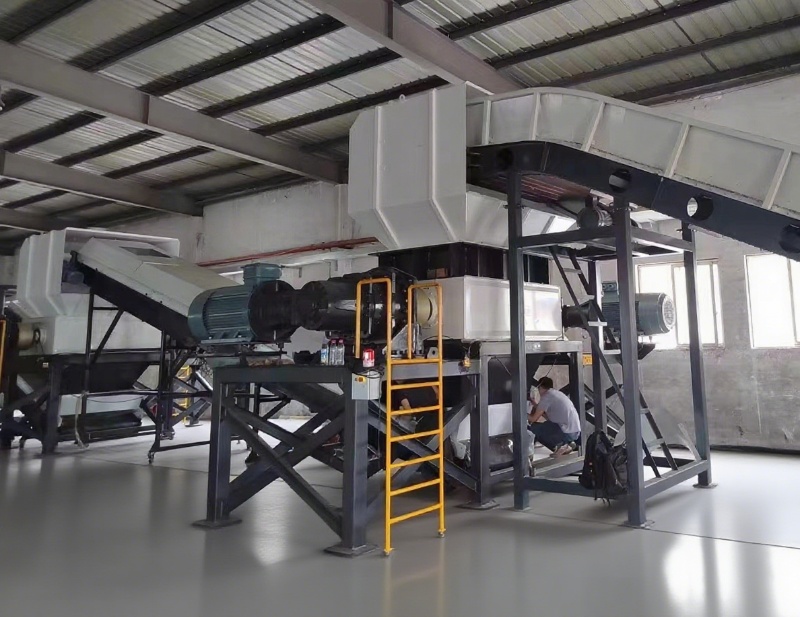
Looking for the right industrial metal shredder? Learn how to choose the best shredder for copper, aluminum, or steel scrap with tips on performance, technology, and cost.
1. Define Your Material and Application Start with a clear understanding of the materials you will process. Light metals like aluminum and copper require different shredding power compared to heavy-duty ferrous scrap like steel, car parts, or demolition waste. Remember, the main goal of shredding is to turn large, bulky scrap into smaller, manageable pieces for easier storage, transport, and melting. Select a machine designed specifically for the type and density of your scrap.
2. Check Performance and Output Throughput capacity — the amount of scrap processed per hour — is a key performance indicator. Large-scale plants require high-capacity shredders to avoid production bottlenecks. Decide on your desired output size, since different machines produce different particle sizes. Some applications require fine granules, others just need volume reduction. Motor power and torque are also essential. High-torque, energy-efficient motors can handle dense metals more effectively, reducing stress on blades and drive systems.
3. Evaluate Technology and Core Components There are several shredding technologies available, including: Hammer mills – ideal for producing small, uniform particles Twin-shaft shear shredders – great for bulky scrap and mixed materials Hybrid shredders – offer flexibility for multiple applications Consider the cutting chamber size, which determines the maximum size of material you can feed. Larger chambers can process irregular or oversized scrap more easily. Blade material is critical — tungsten carbide blades last longer with abrasive materials, while H13 steel provides toughness for impact-heavy scrap.
4. Reliability, Safety, and Automation Durability is key. Choose a shredder built with heavy-duty frames and wear-resistant components to minimize maintenance and downtime. Safety features should include emergency stop buttons, overload protection, and safety guards to protect workers. Modern shredders often come with PLC control systems, automatic load adjustment, and remote monitoring — features that improve efficiency and reduce human error.
5. Select a Trusted Manufacturer and Calculate Costs Work with a manufacturer with a proven track record and strong after-sales support. Ask about: Warranty coverage Availability of spare parts Technical support and training Finally, consider the total cost of ownership — not just the purchase price. A durable, energy-efficient shredder may have a higher initial cost but can save you significant money in maintenance and power consumption over time.
Cutters are bolted to the cutter base, which is welded to the rotor, easy to change the cutters.
Independent drive of double rotors, mutual feeding, multiple shredding, high shredding efficiency.
Integrated design of discharge screen and access door, hydraulic one-touch opening, easy maintenance.
By evaluating these features, you can determine which industrial metal shredder best suits your needs in terms of performance, efficiency, and reliability.

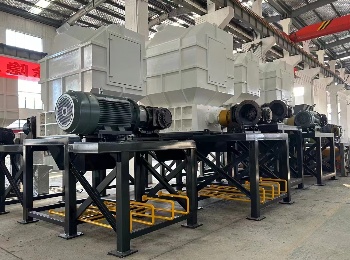
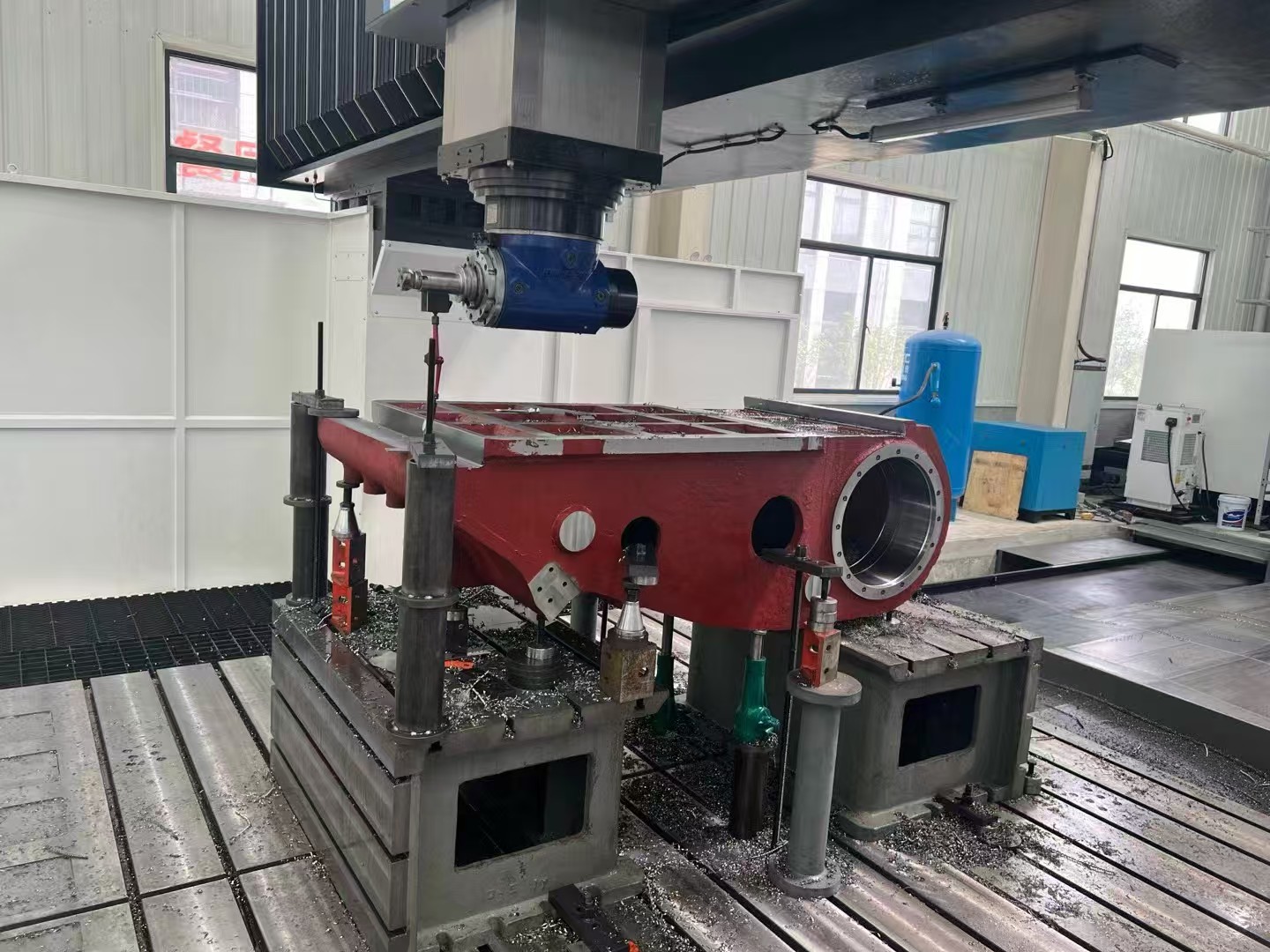
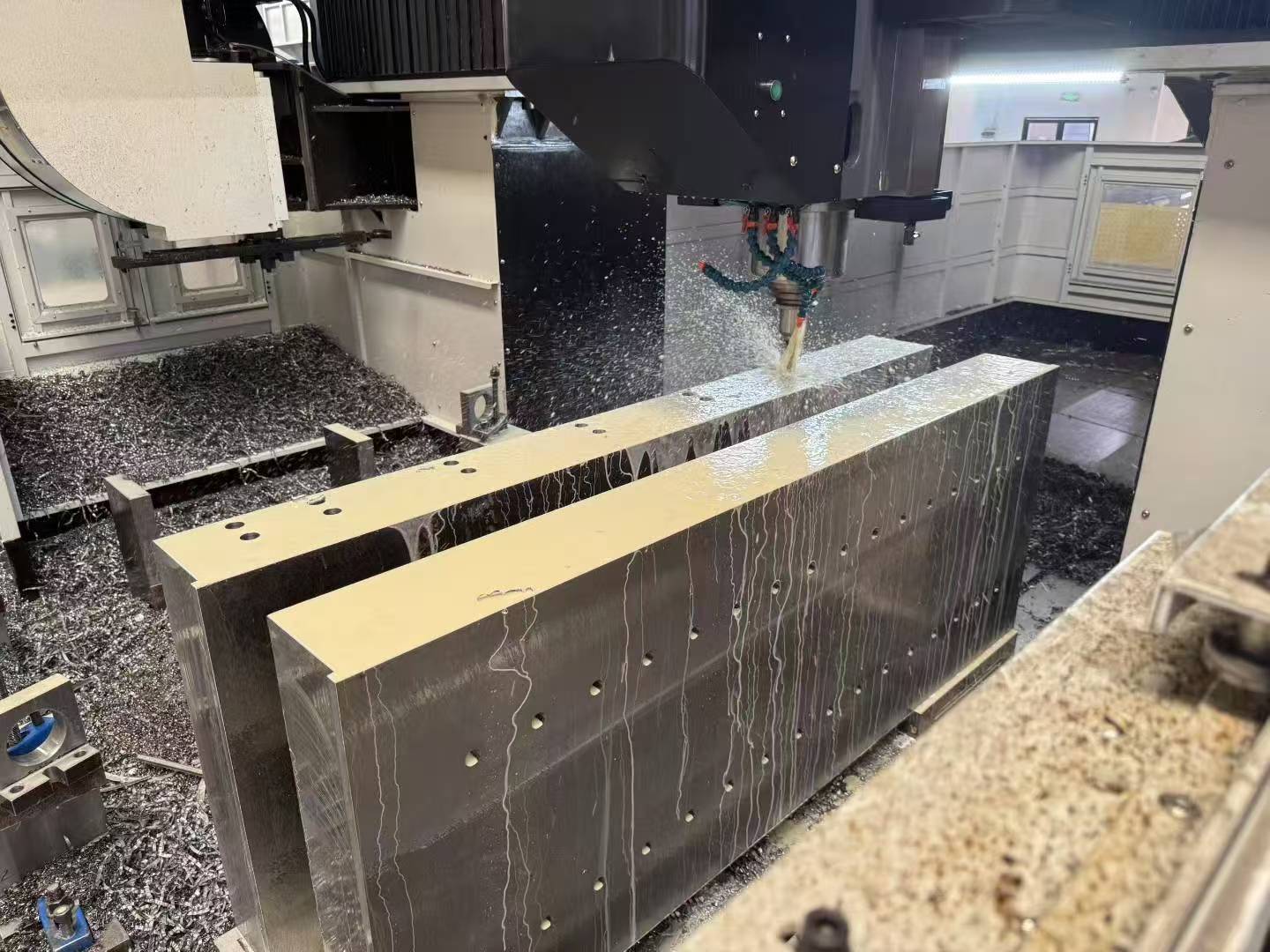
Most metal recycling applications use a double-shaft shredder. Its working principle can be summarized as follows:
Feeding the Scrap
Scrap metal is loaded into the hopper by conveyor, crane, or loader.
Low-Speed, High-Torque Shearing
Two counter-rotating shafts with intermeshing cutting disks grab, shear, and tear the material into smaller pieces. The process is slow-speed and energy-efficient, generating minimal noise, dust, and sparks.
Particle Size Formation
The output size is determined by the design of the cutter set — specifically:
Cutter diameter (larger diameter = larger output size)
Cutter thickness (thicker cutters = coarser output)
Number and shape of teeth (more teeth = finer output)
Unlike hammer mills or granulators, there is no bottom screen or repeated cutting process.
Discharge & Separation
Once shredded, the metal falls out of the chamber by gravity onto a conveyor. Magnetic separators and eddy current separators are used to separate ferrous and non-ferrous metals.
Benefits of Knowing the Working Principle
Better Equipment Selection – Match cutter size and configuration to your target output size.
Higher Efficiency – Correct feeding improves throughput and reduces wear.
Lower Maintenance Costs – Proper selection of cutter material and tooth design extends service life.

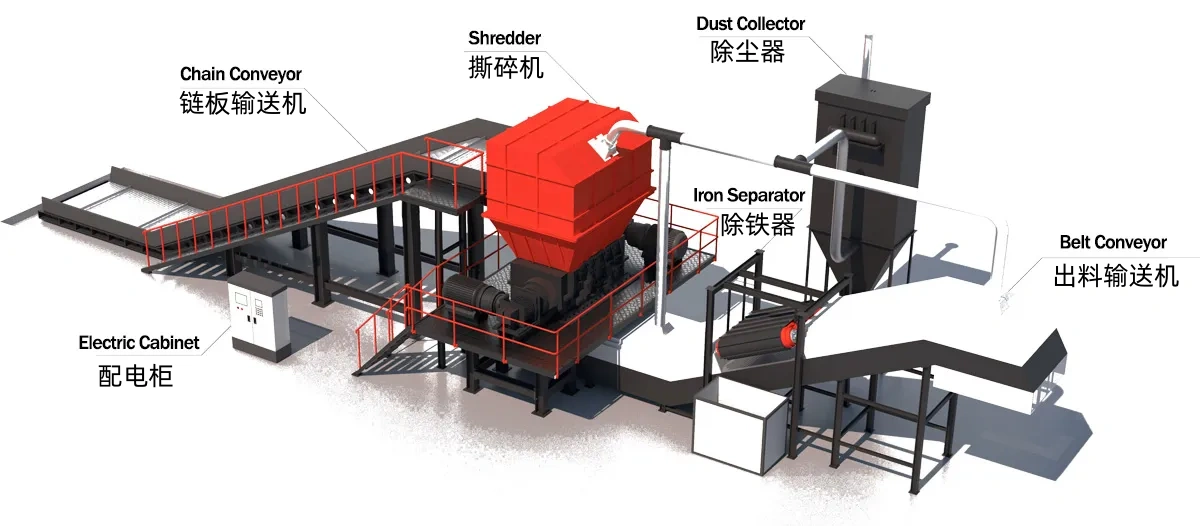
| Model | Capacity (t/h) | Output size (mm) | Dimension (mm) |
| ZSD12 | 1-6 | 30-120 | 3000×2800×3000 |
| ZSD15 | 3-15 | 3600×2800×3000 | |
| ZSD20 | 8-25 | 4200×3000×3200 |
*The output will vary according to different materials, feed particle size and other factors.
Save Time! Get A Detailed Quotation Quickly.
